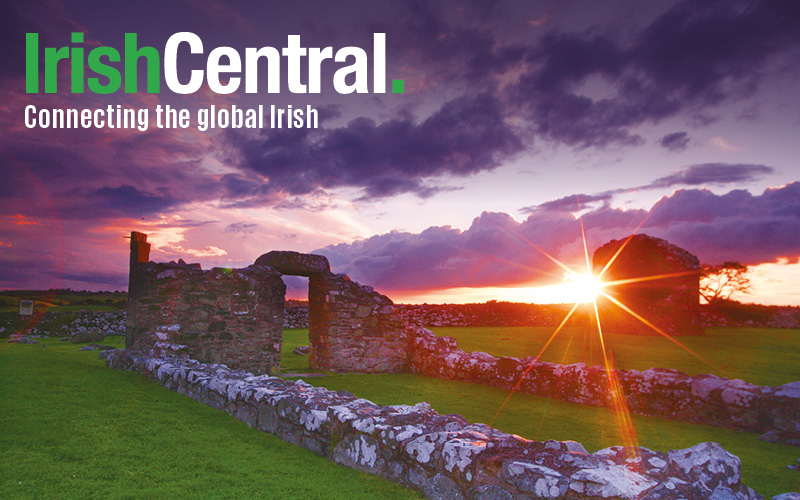The life of the mind puzzles poets and neuroscientists who go about mapping it and labeling it, and, in my case, trying to find it.
Thought itself is something to ponder in the Irish tradition and so, there are lots of concepts in the Irish language involving the mind, dreaming, and imagination.
I'm only a student myself, so many of the nuances will be lost on me, but language is about conversation. I would love to hear native speakers offer more sophisticated thoughts on the vocabulary of Irish thought.
A long-standing motif in old Irish literature is of the poet drifting into inspiration, often beside a graveyard, with his head nuzzling a tree. The poet goes into a dream-state and experiences a vision referred to as an "aisling," where Ireland appears to them in the form of a woman. The woman can be young and beautiful or old and haggard (often linked to the writer's thoughts on the state of the country at the time). In the 17th and 18th centuries, the "aisling" poetic genre became very popular as poets used the vision of Ireland to lament the suffering of Ireland under English rule.
I would miss something if I called the aisling just a dream. That's why there are so many Irish words for dreams, including "brionglóid" (bringlowjuh) or "taibhreamh" (tavriv).
To be in a dream-like state is to be on a néal eile (nail elluh), another cloud, which implies something about the cloud you’re already coming from. That’s why we say you’re given dhá súile (gaw sooleh) or your súil eile (sool elluh) when you experience clarity of conception: your other eye.
But maybe the experience is closer to speabhraídí (spawrawjee), the closest translation I can find being hallucinations. If it’s a nightmare, that’s a tromluí (trumlee) which could be translated as "a heavy lie-down." It feels like a heavy weight, the opposite of a light cloud.
You dig? That’s an Irish word: dig – it means "understand." An dtuigeann tú? (on digan too?). Most of the Irish people that flooded into New York spoke Irish, and our slang is peppered with Gaelic remnants. “Dig it” is from the era when step dance morphed into tap.
"Jazz" is another one – an Irish word that means heat or "teas" (jass, chass). Spike Slattery made the word common in San Francisco newspapers. You can read about this and other words like pizazz, razzmatazz, sucker and poker from Gaelic slang here.
Back to some Irish ideas about thinking: how about the head itself?
As the temple of the soul, the head or ceann (kyahn) can be translated as both “front” and “end,” as well as both “one” and “sake.” If this seems confusing, you can say it’s "trí mo cheann" (tree muh kyahn), “through my head,” because the idea doesn’t seem to have taken root yet.
Thoughts are like that. It's why someone might try to catch them with a thinking cap. Consider that this phrase itself comes from the Irish "ceap" (kyap) which means "think."
Read more - Irish words litter New York City slang
Other Irish words for “thought” or “mind” are too many to review in detail here, so I’ll make an incomplete list: smaoineamh (smweeniv); machnamh (mahknuv); cuimhneamh (kwivnuh); intinn (inchin); meabhair (meeowur); and meon (myoan).
If you have a deeper thought, in Irish you don’t just have it, you make it, or you go on it: "marana a dhéanamh" (marana a yayniv).
Irish draws on Latin words too, of course, but few European languages have as many native words for the mind as our own. Some of us may have forgotten, but in Irish that’s an active thing: you have to “make forgetting,” "rinne mé dearmad" (rinneh may jyarmud), because it takes effort to neglect the riches of nuance.
Do you have any interesting facts about the concepts of thought, imagination and the mind in the Irish language? Leave your thoughts in the comments section, below.
Love Irish History? "Like" IrishCentral's History Facebook page now and you'll never miss an update again!
* Originally published in February 2014.




Comments